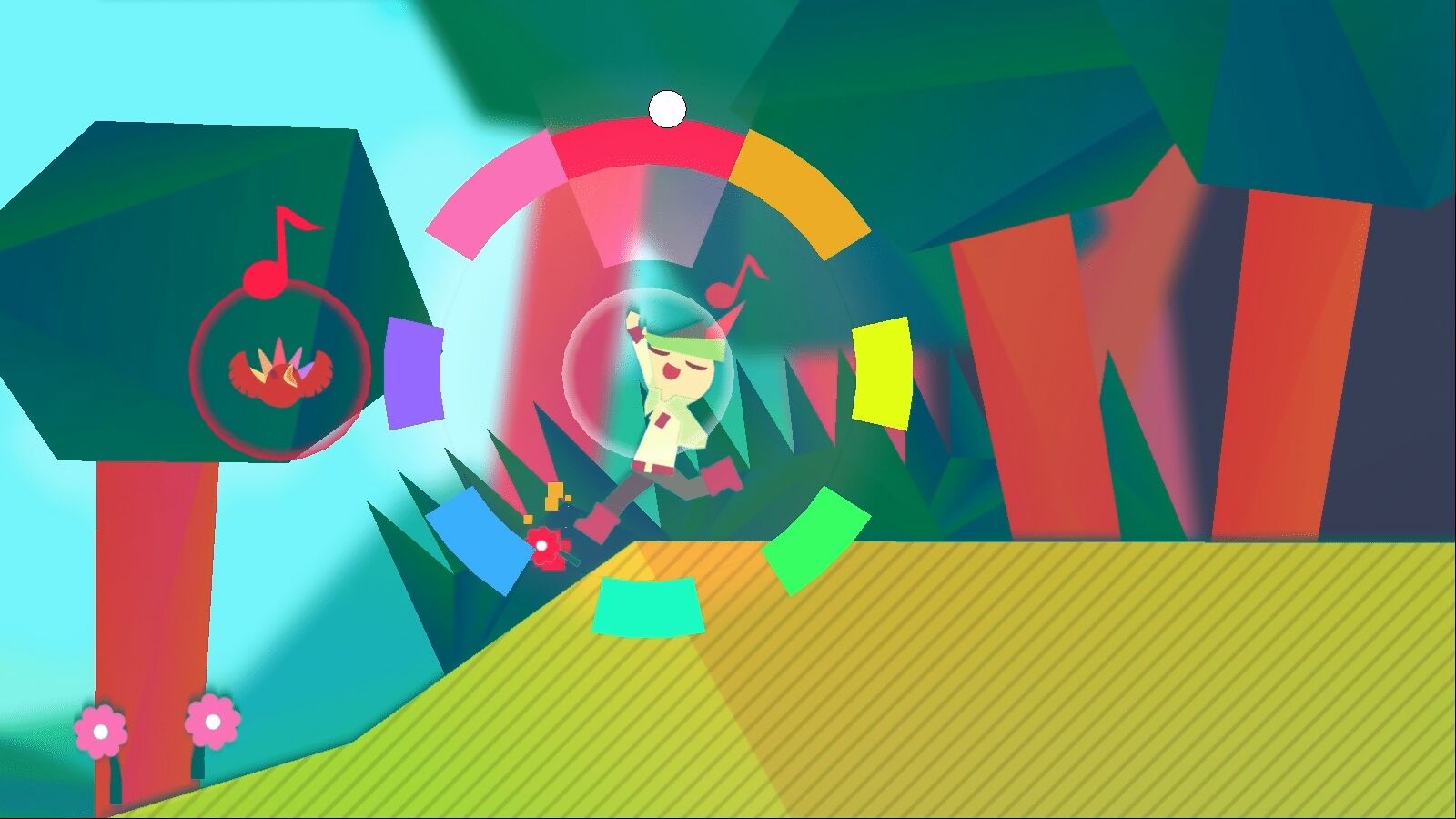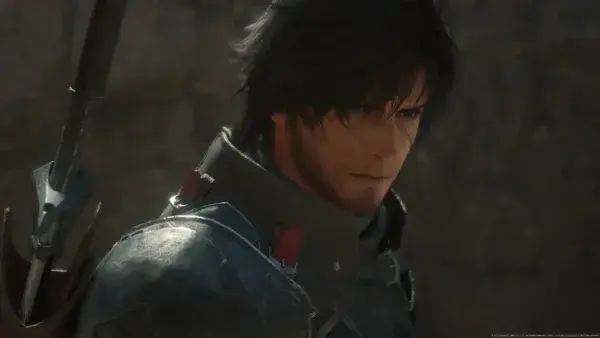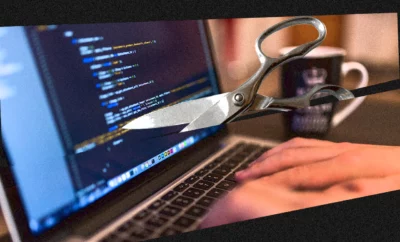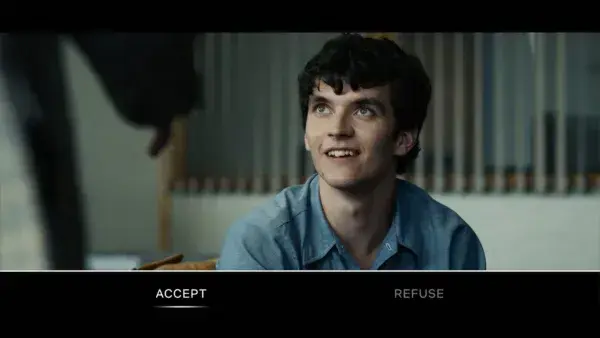
How many of us have an attic full of plastic instruments? Rhythm games reached a peak in the mid-noughts with the Guitar Hero and Rock Band series, games that presented the fantasy of music-making with a few well-timed button presses. These were quintessential rhythm games – the pinnacle of beat-matching.
But while those games were purely about music, indie developers have since experimented further by adding rhythm elements to other genres.
Beyond simply beat-matching, these unique experiences integrate rhythm and traditional gameplay to put an interesting spin on established genres. Further, they allow developers to think differently about player inputs and musical outputs. But how did these genre remixes come about? And what unique challenges did development present? We spoke to three developers using rhythm to varying extents in their games to find out more about their novel approach.
Rhythm is a necrodancer
For Ryan Clark, lead designer of Crypt of the NecroDancer from Brace Yourself Games, the rhythm was added almost by accident. “My goal was to make a 100% ‘fair’ roguelike game, but I wanted to keep as many of the true roguelike trappings as I could, including the turn-based nature of the game,” he says. “I started out by bringing skill into the equation by forcing the player to take turns quickly. But moving quickly felt kind of like moving to a beat. So I tried playing to the beat of Thriller by Michael Jackson, and it felt great!”

Though things get hectic in Crypt of the NecroDancer, there’s humour in the enemies moving and grooving around you.
The result combines beat-matching with roguelike mechanics, where rhythm is as integral as strategy. As explorer Cadence, you move around each grid-like dungeon, defeating enemies and collecting power-ups, all while the beat incessantly pulses across the bottom of the screen. The gameplay is akin to a dance; it can even be played using a dance mat.
Some players, though, find the heightened intensity of beat-matching a daunting prospect. That’s why for Wan Hazmer, founder of Malaysian developer Metronomik, the company’s 2020 release No Straight Roads used rhythmic gameplay to a less strict extent. “I love rhythm games,” he says, “but the problem was I couldn’t get other people to play with me, because when they see me play, they get scared. I wanted easier access for people to get involved in music.”
No Straight Roads is an action-platformer that sees a pair of musicians from an indie rock band defeating an evil EDM empire. While the platforming and boss fights may seem straightforward, aligning the action with the rhythm of the music provides an extra layer of complexity. Hazmer explains: “In NSR the attacks all follow the music, but at the same time, we don’t want to scare people when they come in and they feel there’s a pressure to follow the music.”
Repetition also eases the player into the game, allowing them to learn the enemies’ rhythmic patterns and react accordingly. Ironically, the infamously tough Dark Souls provided inspiration here: “When you play it again and again, you get the rhythm of when the enemy’s going to attack. That kind of instinct is what we wanted in our game,” says Hazmer.
In No Straight Roads, each of the bosses is a physical embodiment of a particular genre of music, which is then demonstrated through their movements. Take, for example, DJ Subatomic Supernova: his egotistical nature is reflected in his attacks.
“The idea is he thinks everything revolves around him, so we made it in such a way that he spins the planets instead of disc, to show that he’s in control of the universe and in the centre of it,” explains Hazmer.

The bosses in No Straight Roads range from towering colossi to smaller enemies, each one reflecting varying musical genres.
The power of song
Both Crypt of the NecroDancer and No Straight Roads take very different approaches to the idea of rhythmic combat. Where the former is tied strictly to beat-matching, in the latter you’re actively avoiding those beats.
By contrast, Wandersong, a 2018 puzzle-platformer by Greg Lobanov, eschews rhythm entirely. Instead, it’s a musical game about self-expression. “I was interested in how to make a game controller into a musical instrument that felt playful and expressive,” says Lobanov. “The idea was to build a musical instrument and then build a game around it.”
That musical instrument is the human voice, inspired by Lobanov’s own reaction to singing along to music in his car. In Wandersong, a bard is sent on a quest to save the world, which he does by singing to enemies to defeat them. A wheel appears around the character, and players must select colours and directions that relate to different pitches, seeking relevant hints in the world to solve puzzles and interact with a plethora of vibrant characters. Yet none of this gameplay is set to rhythm or tempo, giving the game a more free-form and expressive quality. There are sections of Wandersong, meanwhile, where the rhythm is tied to the narrative: one scene sees the bard at a mentally low ebb, and Lobanov uses highly structured rhythmic gameplay here to illustrate his depression.
The focus, then, is on narrative over gameplay, reflected in the use of rhythm. Wandersong’s central theme is the restorative power of music and its ability to connect with people. “In Wandersong, everything is about telling a story and about trying to get the player to make things up and have fun in a playful way that’s separate to logic and problem-solving,” says Lobanov. “It’s all stuff that’s very ephemeral and character-driven.”
Each of the three games covered here employ rhythm to varying extents, bringing unique challenges for their developers, particularly in terms of difficulty. Should rhythm make games more or less accessible? In Crypt of the NecroDancer, the use of rhythm provides added challenge for the player, which needs to be carefully balanced. As Clark explains: “Since players must move to the beat of the music, the game’s difficulty is tied closely to the tempo of that music. And since we want the difficulty to ramp up over time, that means the music tempo must increase slowly over time. This is pretty restrictive, and means we can’t always use music in the ways that games normally do!”
He continues: “If we wanted a particular boss battle to feel slow and melancholy, for example, we’d have to lower the BPM of the music to make it audibly feel that way. But since lowering the tempo would reduce difficulty overall, we’d have to compensate by increasing enemy health, movement speed, pattern complexity, or quantity.”
This resulted in Crypt’s ‘Deep Blues’ boss – a play on blues music and the chess-playing computer, Deep Blue. Here, the dance-rock inspired music slows to a blues shuffle, and the player is given an entire chessboard’s worth of fast-moving enemies to defeat.
By contrast, Lobanov wanted to make a game his mum could enjoy. “Wandersong is about the emotional experience, and I was surprised to realise that has nothing to do with difficulty. Playing something really hard isn’t the same as feeling something. And finding ways to make people feel things without having that frustrating difficulty was a new thing for me to figure out.”
With Wandersong, Lobanov aimed for a gentler experience centred on creativity and playfulness. That led to an improvised spirit for the bard’s singing, something more akin to a jam session that abandons rhythm in favour of accessibility. In doing so, he side-stepped the difficulty wall of more notes to hit at a faster tempo. “What made the singing interesting in Wandersong was being able to make stuff up, to be playful,” says Lobanov. “Putting that into rhythm detracts from the part that makes it fun, which is being expressive and playful. Rhythm is inherently unplayful – it’s structure, and you can be wrong.”

In Wandersong, electing colours from the wheel allows the bard to sing and interact with the world and its characters in unlikely ways.
For Hazmer, the use of rhythm in No Straight Roads brought a unique design challenge: timing. In most games, enemy attacks are given visual cues so the player can react accordingly. No Straight Roads throws musical cues into the mix, which must be anticipated by the player in tempo. This means character animations needed to precisely match the music. For example, with the DJ boss: “To make sure he spins on the beat, we need to know how many frames of animation are before that (action) and start the animation (in time),” says Hazmer. With so many bosses and musical styles, this presented a huge challenge to ensure “not every boss is the same”.
What’s more, the soundtrack gives the player feedback. Each track is replicated in three genres (rock, funk, EDM) and divided into three channels: backing, melody, and rhythm. The designers can then switch between different genres and channels dynamically, depending on how the player performs. Do badly, and the music will be pure EDM. Do well, and you’ll hear rock music seeping in, remixing the audio on the fly. “It’s a lot of effort,” says Hazmer, “but the reason we’re doing this is because I care about user experience, which is that your music can change the world – we took that and applied it to everything.”

Playing through Crypt of the NecroDancer often feels like an intense musical game of chess – not just in this boss fight.
Power fantasies
So what’s the impact of this rhythmic gameplay for the player? If many video games present the illusion of power, rhythm is an accent, providing added oomph to every sword swing, every leap of faith, every punishable miss. It adds readability to gameplay. It can heighten tension, or it can provide freedom of expression. And for all its complexities in melody, harmony, and rhythm, music is universal. The result is three games that explore the power of music and its influence on the game world. More than just strumming a plastic guitar, there are narrative and gameplay consequences to the use of rhythm.
As Lobanov says: “I think it’s a really fun power fantasy – what if you could just spread that (musical) energy in such a powerful way that the world changes around you? How do you make a game about that?”





